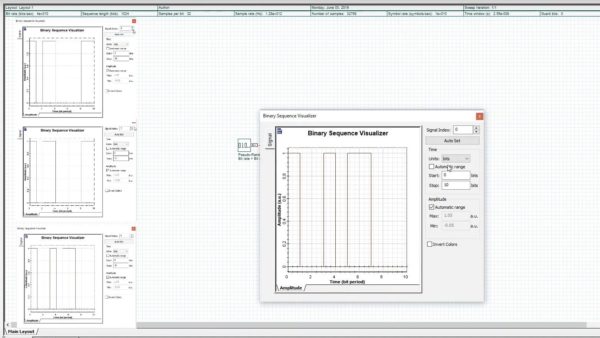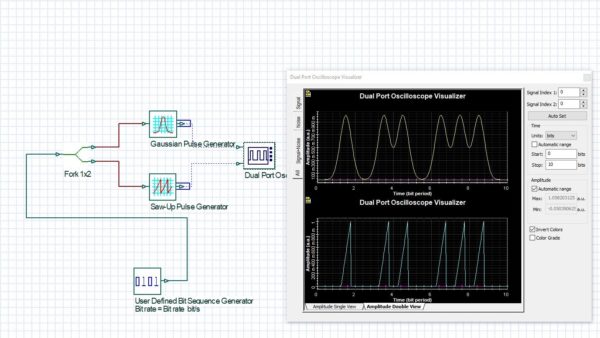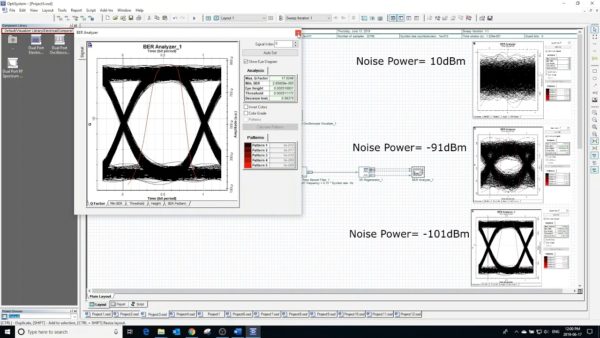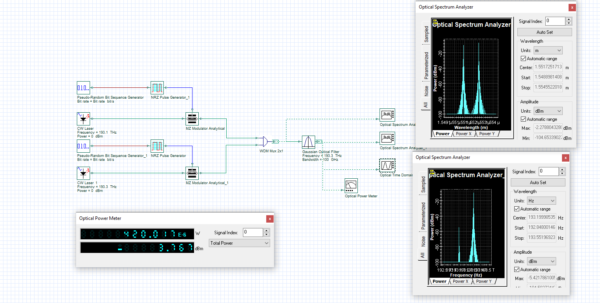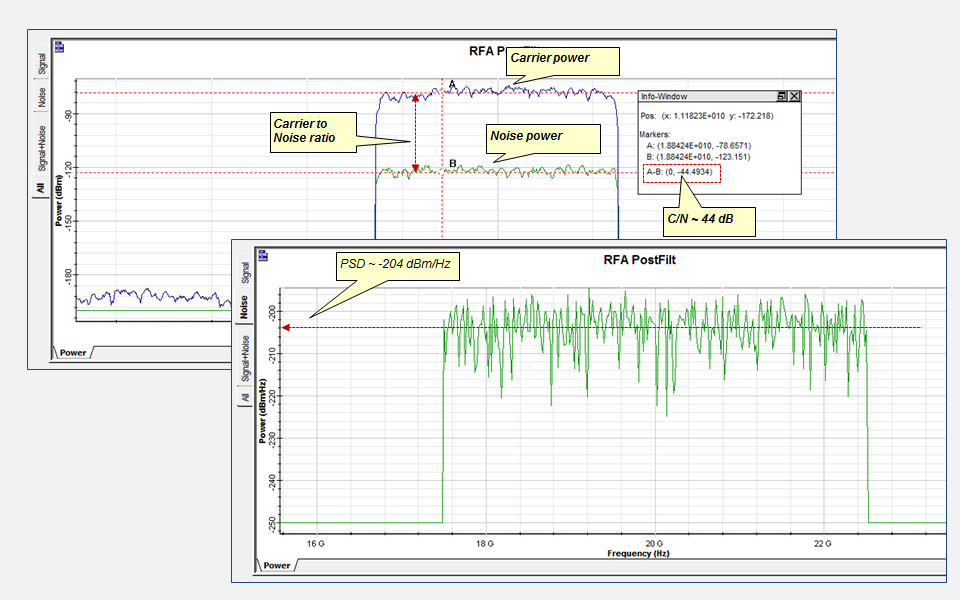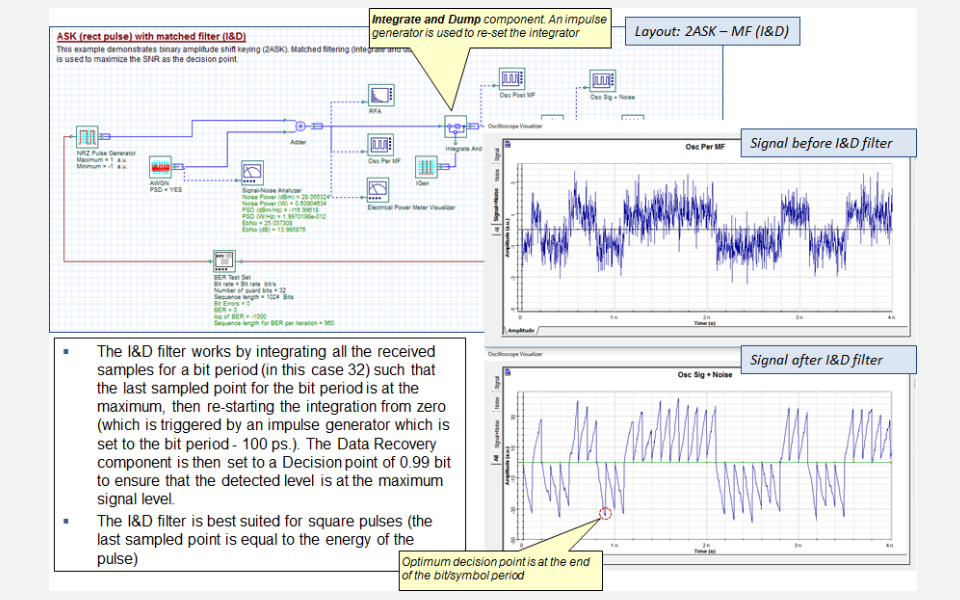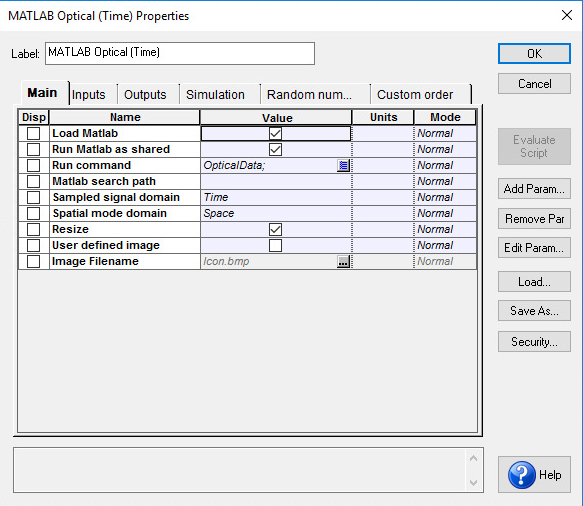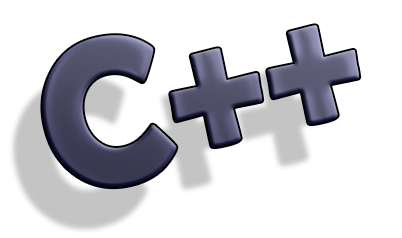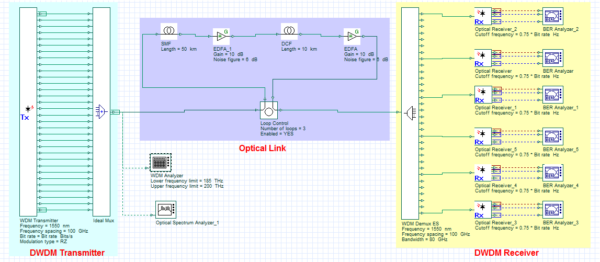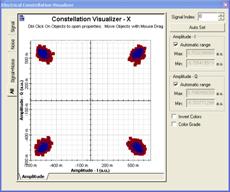- Applications
Applications
Optiwave software can be used in different industries and applications, including Fiber Optic Communication, Sensing, Pharma/Bio, Military & Satcom, Test & Measurement, Fundamental Research, Solar Panels, Components / Devices, etc..
Stay up-to-date with the latest updates
- Products
Products
- OptiSystem
- OptiInstrument
- OptiSPICE
- OptiFDTD
- OptiBPM
- OptiFiber
- OptiGrating
- OptiConverge
OptiSystemOptiSystem is a comprehensive software design suite that enables users to plan, test, and simulate optical links in the transmission layer of modern optical networks.
OptiInstrumentOptiInstrument addresses the needs of researchers, scientists, photonic engineers, professors and students who are working with instruments.
OptiSPICEOptiSPICE is the first circuit design software for analysis of integrated circuits including interactions of optical and electronic components. It allows for the design and simulation of opto-electronic circuits at the transistor level, from laser drivers to transimpedance amplifiers, optical interconnects and electronic equalizers.
OptiFDTDOptiFDTD is a powerful, highly integrated, and user friendly CAD environment that enables the design and simulation of advanced passive and non-linear photonic components.
OptiBPMOptiBPM is a comprehensive CAD environment used for the design of complex optical waveguides. Perform guiding, coupling, switching, splitting, multiplexing, and demultiplexing of optical signals in photonic devices.
OptiFiberOptiFiber The optimal design of a given optical communication system depends directly on the choice of fiber parameters. OptiFiber uses numerical mode solvers and other models specialized to fibers for calculating dispersion, losses, birefringence, and PMD.OptiGratingEmerging as a de facto standard over the last decade, OptiGrating has delivered powerful and user friendly design software for modeling integrated and fiber optic devices that incorporate optical gratings.
OptiConvergeOptiConverge is a collaborative integration framework that seamlessly combines two or more Optiwave products (e.g., OptiSystem, OptiSPICE, OptiFDTD, etc.) and other third party products into unified solutions. Designed to streamline complex workflows, it empowers users to achieve their goals faster by harnessing the collective power of our trusted Optiwave tools.- OptiSystem-Luceda
- OptiSPICE-Tanner
- OptiSystem-GDSFactory
- OptiSystem-FDTD/BPM
- OptiSystem-Tanner
- OptiSystem-OptiSPICE
- OptiSPICE-FDTD/BPM
- OptiSystem with other tools
Learn more about our products
- Downloads
Downloads
Download our 30-day Free Evaluations, lab assignments, and other freeware here.
Learn more about our 30-Day Evaluations
- Support
Support
Ask a questions

Want to learn more?
- Forum Login
- Applications
Applications
Optiwave software can be used in different industries and applications, including Fiber Optic Communication, Sensing, Pharma/Bio, Military & Satcom, Test & Measurement, Fundamental Research, Solar Panels, Components / Devices, etc..
Stay up-to-date with the latest updates
- Products
Products
- OptiSystem
- OptiInstrument
- OptiSPICE
- OptiFDTD
- OptiBPM
- OptiFiber
- OptiGrating
- OptiConverge
OptiSystemOptiSystem is a comprehensive software design suite that enables users to plan, test, and simulate optical links in the transmission layer of modern optical networks.
OptiInstrumentOptiInstrument addresses the needs of researchers, scientists, photonic engineers, professors and students who are working with instruments.
OptiSPICEOptiSPICE is the first circuit design software for analysis of integrated circuits including interactions of optical and electronic components. It allows for the design and simulation of opto-electronic circuits at the transistor level, from laser drivers to transimpedance amplifiers, optical interconnects and electronic equalizers.
OptiFDTDOptiFDTD is a powerful, highly integrated, and user friendly CAD environment that enables the design and simulation of advanced passive and non-linear photonic components.
OptiBPMOptiBPM is a comprehensive CAD environment used for the design of complex optical waveguides. Perform guiding, coupling, switching, splitting, multiplexing, and demultiplexing of optical signals in photonic devices.
OptiFiberOptiFiber The optimal design of a given optical communication system depends directly on the choice of fiber parameters. OptiFiber uses numerical mode solvers and other models specialized to fibers for calculating dispersion, losses, birefringence, and PMD.OptiGratingEmerging as a de facto standard over the last decade, OptiGrating has delivered powerful and user friendly design software for modeling integrated and fiber optic devices that incorporate optical gratings.
OptiConvergeOptiConverge is a collaborative integration framework that seamlessly combines two or more Optiwave products (e.g., OptiSystem, OptiSPICE, OptiFDTD, etc.) and other third party products into unified solutions. Designed to streamline complex workflows, it empowers users to achieve their goals faster by harnessing the collective power of our trusted Optiwave tools.- OptiSystem-Luceda
- OptiSPICE-Tanner
- OptiSystem-GDSFactory
- OptiSystem-FDTD/BPM
- OptiSystem-Tanner
- OptiSystem-OptiSPICE
- OptiSPICE-FDTD/BPM
- OptiSystem with other tools
Learn more about our products
- Downloads
Downloads
Download our 30-day Free Evaluations, lab assignments, and other freeware here.
Learn more about our 30-Day Evaluations
- Support
Support
Ask a questions

Want to learn more?
- Forum Login
Software for Photonic Components
Photonic devices use and manipulate light to serve a particular purpose, such as sensors that trigger automatically after detecting light. Designing effective components for industrial and research applications requires a high degree of expertise, as even the smallest errors can lead to costly malfunctions.
Optiwave offers a wide range of software uniquely suited for these devices, allowing engineers to simulate and test for various parameters before production.
- OptiInstrument reduces the time to market for new components by providing high-end measurement tools. Engineers can test their devices extensively to account for real-world conditions
- OptiFDTD facilitates the testing of passive and nonlinear photonic components, simulating properties like diffraction, scattering, and more.
- Available as a supplementary tool and standalone software, OptiMode can accurately model the optical structures used in a range of devices.
Use the links below to discover how Optiwave’s software can build resilient and reliable optical components.
FAQs
What can photonic devices be used for?
Optical devices are a part of nearly every aspect of modern life. Mass-produced sensors are a key part of household appliances like fridges and adaptive lights. Delving deeper, these components are also used for computing in integrated circuits. Other applications include satcom, biotechnology, and telecommunications.
Do I need a powerful system to simulate photonic components?
Optiwave’s software is lightweight and optimized to run on lower-end hardware. However, certain tools might consume more resources than others. Visit our system requirements page to learn more.
Can engineers learn to work with photonics without previous experience?
Yes, with the right guidance. Optiwave offers training services for organizations, ranging from the basics to the fundamentals of photonics simulation with our software. We customize our training curriculum to suit your organization’s unique goals and challenges. Contact us to learn more.

